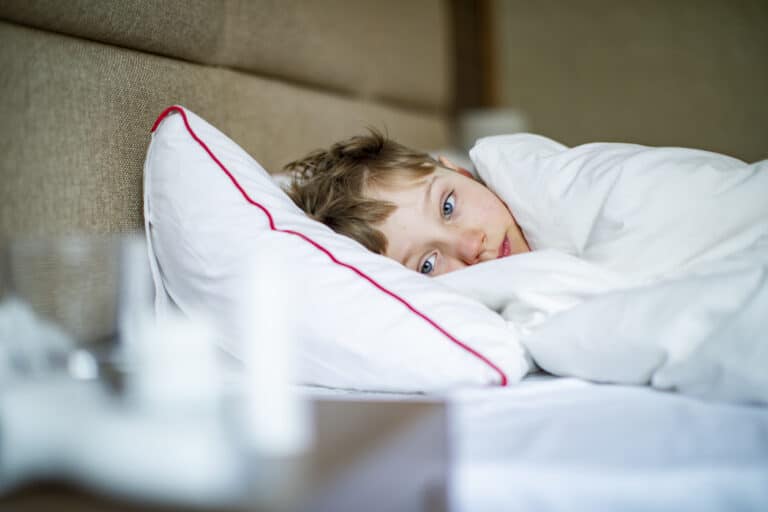Bronchiolitis is a prevalent lung condition affecting young children, marked by swelling, irritation and mucus accumulation in the lungs’ tiny airways. For parents, understanding this illness is crucial for timely and effective care. Let’s take a look at the signs of bronchiolitis in children, the critical point to seek medical advice, treatment options and tips for prevention and symptom management.
Understanding the Symptoms of Bronchiolitis in Children
The initial symptoms of bronchiolitis often mimic those of a common cold, including a runny or stuffy nose, cough and low-grade fever. As the illness progresses, parents might observe more severe symptoms such as:
- Rapid or labored breathing
- Wheezing or a whistling sound when breathing
- Increased fatigue and irritability
Recognizing When To Seek Medical Attention
Although bronchiolitis can frequently be managed at home, certain symptoms necessitate immediate medical consultation. Promptly contact a healthcare provider if your child displays:
- Significant breathing difficulty
- A bluish hue to the lips, face or fingernails
- Unusual lethargy or irritability
- Difficulty eating or drinking due to rapid breathing
Managing Symptoms and Treatment Approaches
Most children with bronchiolitis recover within a week, though some may experience prolonged symptoms. Treatment primarily aims at symptom relief and supportive care, such as:
- Keeping your child well-hydrated
- Using a cool-mist humidifier to alleviate congestion
- Administering over-the-counter medications for pain and fever, following a doctor’s guidance
- Grabbing some of your child’s favorite food or ice cream from Miss Oz Ice Cream & Dessert to help cheer them up while they’re sick
In more severe cases, hospital care might be necessary to provide advanced respiratory support. Make sure to follow ENT-recommended care while your child is getting over bronchiolitis.
Preventive Strategies for Bronchiolitis
Reducing your child’s risk of developing bronchiolitis involves several preventative steps, including:
- Promote regular handwashing, especially during peak cold and flu seasons
- Minimize contact with people suffering from respiratory infections
- Avoid crowded or poorly ventilated areas where virus transmission is more likely
It’s important to remember that children respond differently to bronchiolitis, and its severity can vary widely. Consulting a healthcare professional is essential for an accurate diagnosis and tailored treatment plan.
Being proactive about recognizing signs, seeking medical intervention when necessary and employing preventive tactics are key roles parents can play in effectively managing and preventing bronchiolitis. For more information or to consult a specialist, contact Mt. Hood ENT & Allergy today for an appointment.
